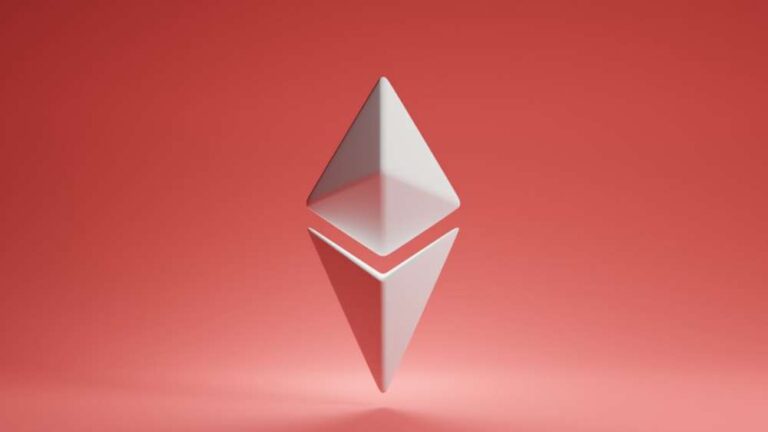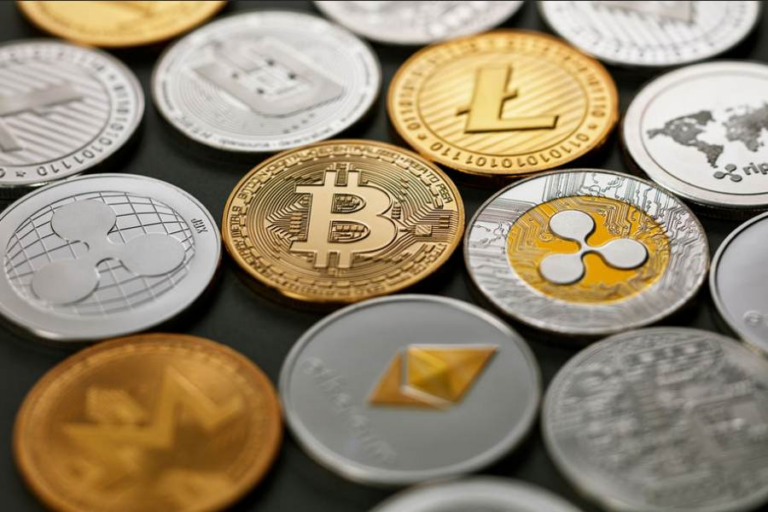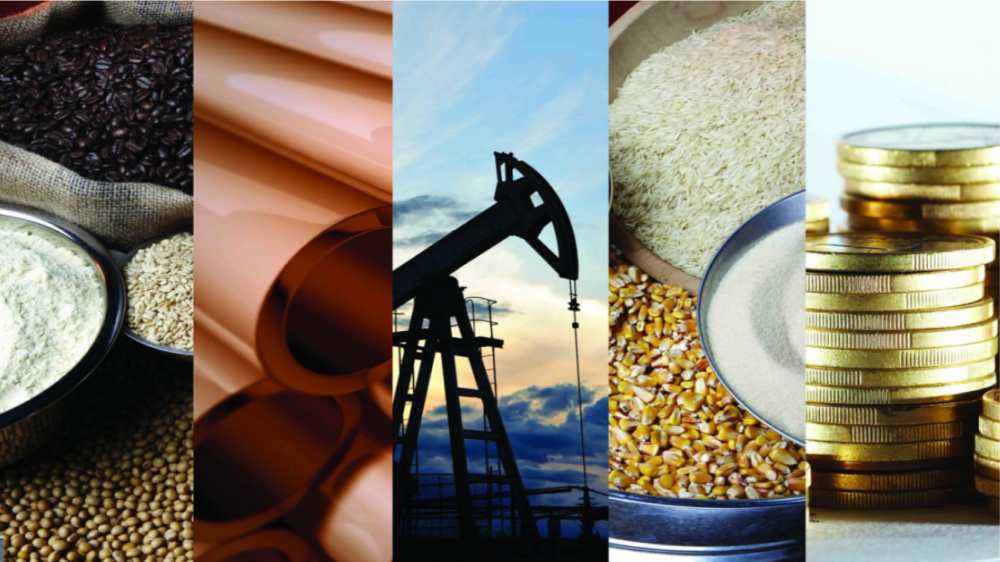
Introduction
Imagine a world where everyday items—from the coffee that wakes you up to the metal that builds skyscrapers—are traded like stocks on a roller coaster ride. This is the realm of commodities, where raw resources are the stars of the global financial stage. Commodities aren’t just dull buckets of grain or slabs of oil; they are dynamic entities that influence economies, fuel innovations, and sometimes, even make the news in the most unexpected ways.
In this guide, we dive headfirst into the fascinating world of commodities. Our mission is to blend the hard facts of finance with a conversational, humorous twist—think of it as having a coffee with your favorite economics professor who isn’t afraid to crack a joke now and then. Whether you’re an investor keen on understanding the nuts and bolts of the market or simply curious about why gold glitters more than any smartphone, you’re in for an enlightening journey.
By the end of this article, you’ll not only have a solid grasp of what commodities are and why they matter, but you’ll also see that learning about them doesn’t have to be as dry as a sand dune in the Sahara. Ready to explore? Let’s jump into the whirlwind world of raw resources!
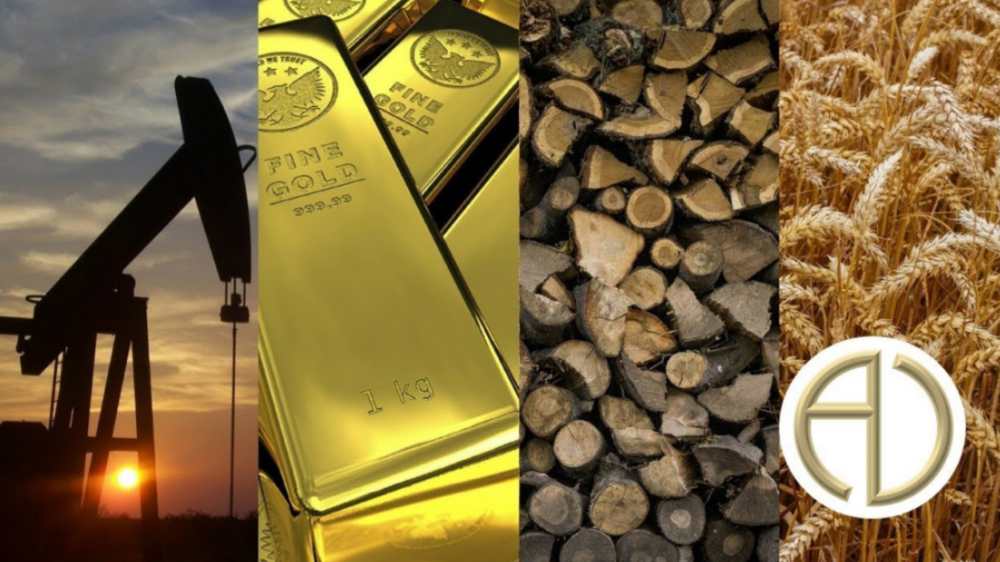
Understanding Commodities: More Than Just Raw Materials
At their core, commodities are basic goods that are interchangeable with other goods of the same type. They are the building blocks of the global economy, ranging from natural resources like oil and natural gas to agricultural products such as wheat and coffee. Unlike finished products, commodities are usually traded in their raw form, which makes them subject to fluctuations based on weather, geopolitical events, and market demand.
What’s intriguing is that these seemingly mundane products often play starring roles in economic dramas. For instance, a bumper crop of corn can lead to lower prices, affecting not only farmers but also industries that rely on corn derivatives. In much the same way, a sudden geopolitical shake-up in a major oil-producing region can send shockwaves through global markets. In essence, commodities are as unpredictable and exciting as your favorite sitcom—full of twists, turns, and the occasional cliffhanger.
This inherent volatility means that commodities require a mix of solid market fundamentals and a touch of instinctual flair to trade successfully. It’s not just about reading numbers off a spreadsheet; it’s also about understanding human behavior, natural phenomena, and sometimes even a bit of luck. And while this might sound like a high-stakes game reserved for Wall Street wizards, the basics are accessible to anyone willing to learn the ropes.

The Players and Their Games: A Look at the Commodity Market
The commodity market is a bustling arena where different types of players engage in high-stakes negotiations, much like competitors in a quirky reality show. On one side, you have the producers—farmers, miners, and oil drillers—who supply the raw goods. On the other side are the consumers—manufacturers, energy companies, and even everyday households—who need these resources for daily operations. Between these two, speculators and traders add an extra dash of excitement, betting on future price movements to make a profit.
The market operates on the simple yet effective principle of supply and demand. When a commodity is in short supply but high in demand, its price goes up. Conversely, an oversupply with low demand results in lower prices. However, the real fun begins when external factors such as weather patterns, political events, or technological advances tip the scales unexpectedly. For example, a severe drought can decimate crop yields, leading to price surges that might seem as unpredictable as a plot twist in your favorite binge-worthy series.
Trading in the commodity market isn’t just about crunching numbers—it’s also a social game. Networking with experts, staying updated on international news, and even engaging in a bit of friendly banter can provide valuable insights. Just as in any good team sport, the blend of rigorous analysis and intuitive judgment often makes the difference between a win and a loss.
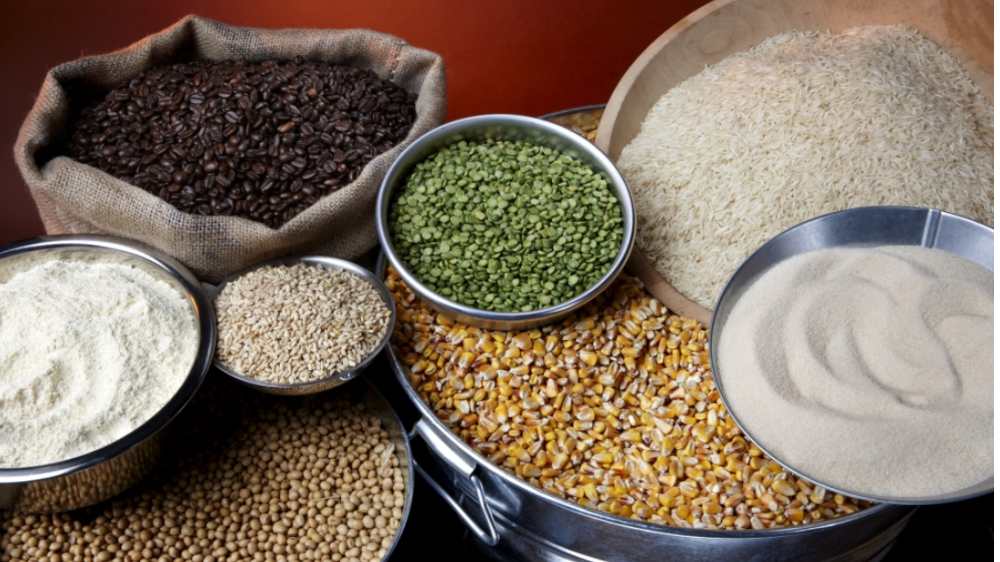
The Price Puzzle: Factors Driving Commodity Values
Commodity prices are influenced by an intricate mix of factors, and understanding this “price puzzle” can be both a science and an art. Let’s break down some of the key elements:
- Supply and Demand: This is the most basic principle. A decrease in supply, say due to a natural disaster, combined with steady or increased demand, typically sends prices soaring.
- Global Economic Conditions: A booming global economy increases the demand for raw materials, while economic downturns can have the opposite effect.
- Political and Geopolitical Factors: Political instability or changes in trade policies can create uncertainty, affecting commodity prices in dramatic ways.
- Currency Fluctuations: Since commodities are often traded in US dollars, fluctuations in currency values can influence their international prices.
- Speculative Activity: Traders and investors often speculate on future price movements, adding a layer of complexity that can sometimes lead to price swings that defy traditional economic logic.
Think of commodity pricing like a giant, unpredictable recipe where a pinch of political unrest or a dash of weather chaos can change the entire flavor of the dish. While many factors are quantifiable, there’s always an element of the unexpected—making commodity markets both a science and a bit of a guessing game.
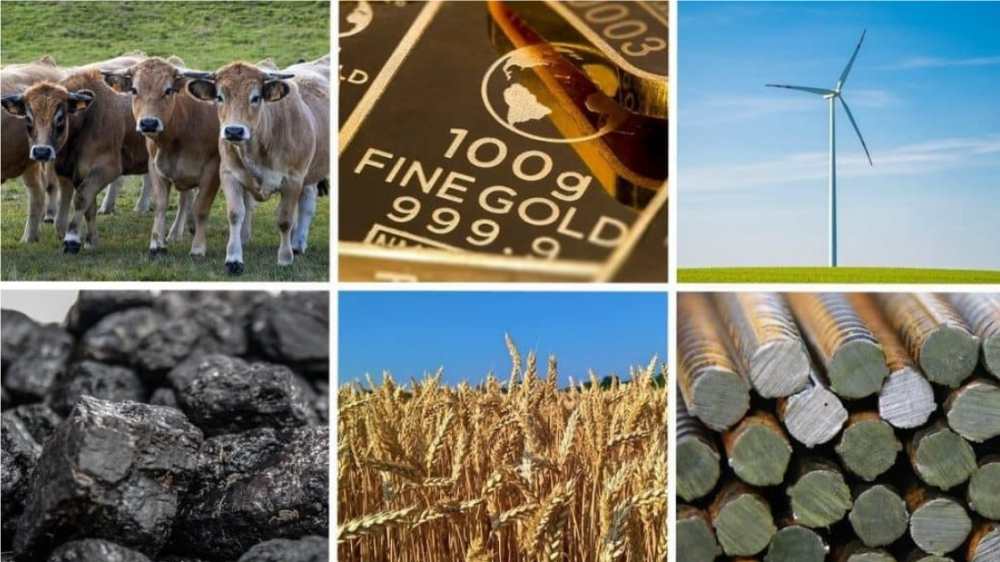
Investing in Commodities: The Art of Balancing Risk and Reward
Investing in commodities offers exciting opportunities, but it also comes with its own set of challenges. Unlike stocks, which represent a piece of a company, commodities are physical assets, and their prices can be as unpredictable as the weather. Successful commodity investors know that risk management is key.
One common strategy is diversification. By spreading investments across various commodities, such as metals, energy, and agricultural products, investors can hedge against the volatility of any single market. For example, if oil prices plummet due to oversupply, gains in agricultural commodities might balance out the losses. It’s akin to not putting all your eggs in one basket—except these eggs are global economic drivers!
Another strategy involves the use of derivatives like futures and options. These financial instruments allow investors to lock in prices for future transactions, thus reducing the risk of unexpected market fluctuations. However, these tools require a solid understanding of market dynamics, as they can be as intricate as assembling a piece of high-tech furniture from scratch.
For newcomers, a balanced approach might involve starting with exchange-traded funds (ETFs) that focus on commodities. ETFs offer a way to gain exposure to the market without having to deal directly with the complexities of physical trading or futures contracts. It’s the perfect blend of simplicity and sophistication—a great starting point for those who prefer to dip their toes into the deep waters of commodity trading.
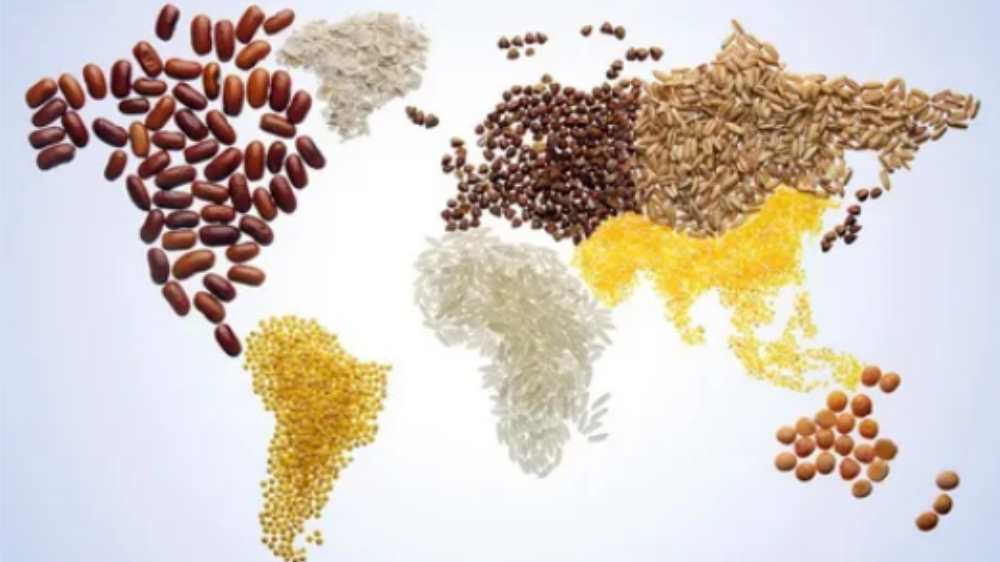
Funny Yet Factually Rich: Quirky Tales from the Commodity World
Believe it or not, the world of commodities isn’t all serious business and relentless number-crunching. There are plenty of quirky, almost absurd stories that illustrate just how unpredictable and human this market can be. Consider the “cocoa crisis” of the early 2000s, when sudden shifts in supply led to dramatic price changes, sending shockwaves through chocolate factories worldwide. Suddenly, it wasn’t just bankers and brokers affected—chocolate lovers found themselves facing a bittersweet reality.
Then there’s the classic tale of how “peanuts” became a multi-million-dollar commodity in some parts of the world, driven by unexpected demand in both culinary and industrial sectors. It’s hard not to smile when you think that something as humble as a peanut could, at one point, be the center of serious financial speculation.
These stories remind us that commodities, despite their sometimes intimidating complexity, are rooted in the everyday world. They are about people, nature, and the fascinating interplay between human ingenuity and the raw resources that sustain our lives. In many ways, the commodity market is like a grand stage where economics meets entertainment, with each twist and turn offering a lesson in resilience and creativity.
Conclusion
In the vast, unpredictable world of commodities, knowledge is both your compass and your safety net. This guide has taken you on a journey through the basics of commodities, the key players in the market, the many factors that drive prices, and strategies for investing wisely. With a sprinkle of humor and a dash of common sense, we’ve seen that even the most volatile markets can be navigated with a blend of rigorous analysis and a bit of lighthearted fun.
So, whether you’re a seasoned trader or a curious beginner, remember that the commodity market is not just about raw resources—it’s a dynamic, ever-changing arena that mirrors the complexities of our global society. Embrace the rollercoaster ride with informed optimism, and you might just find that trading commodities can be as exciting as it is rewarding.

